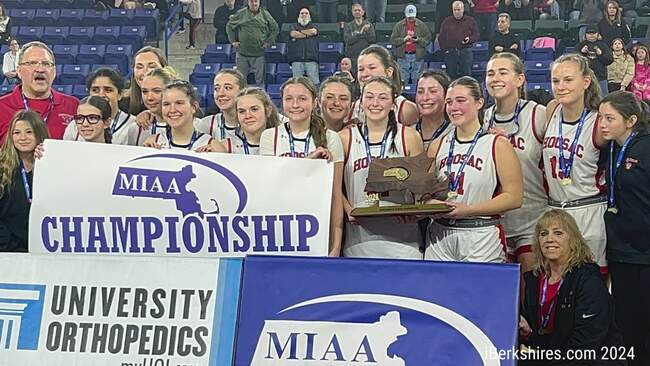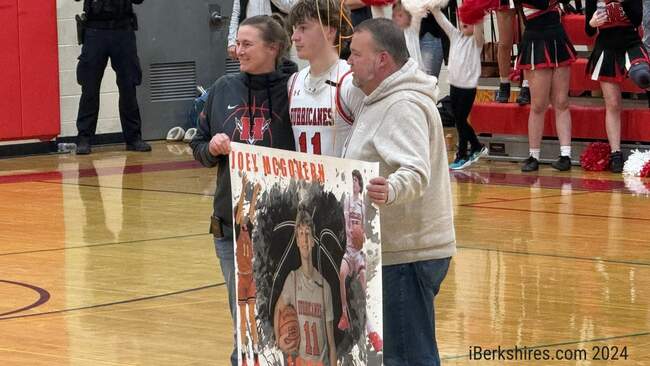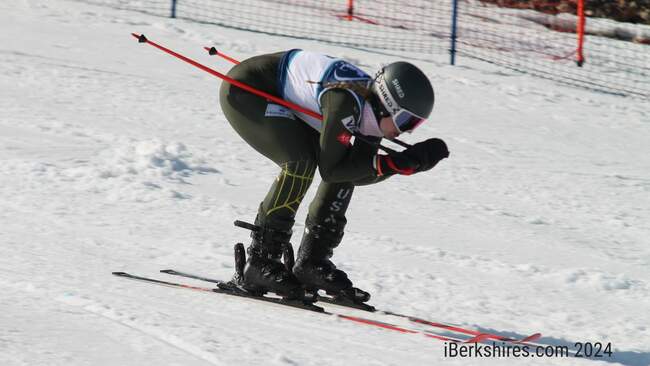The Independent Investor: Grapes of Wrath — the Plight of America's Elderly
 |
Of more than 1 million Americans who filed for bankruptcy last year, almost a quarter were 55 or older according to a recent AARP study. Those between 75 and 84 years of age experienced a 433 percent increase in bankruptcy from 1991 to 2007. This year I assume the numbers will increase again. And as the baby boomers begin to retire en masse over the next few years, the problem could become untenable.
About 3.4 million seniors over 65 are "officially" below the poverty line. Many millions more are classified as just above it, earning a bit more than $9,669 for an individual and $12,186 for a couple. Yet pay no attention to these government numbers, they are as bogus as the war in Iraq.
These quotable statistics do not account for health care and other skyrocketing costs that leave little left for the elderly to pay for their most basic needs on a daily basis. One study two years ago by the National Academy of Sciences in New York City, for example, found that the real poverty rate jumped from 18 percent to 32 percent using a more accurate approach. It gets worse.
Take women for example; the older they are the higher their poverty rate. Over 2.5 million women over 65 live at or below the official poverty line versus slightly over a million men while nearly 19 percent of single, widowed or divorced females of that age live in poverty and women older than 75 are three times more likely to be destitute than men of the same age.
In rural areas like our own, seniors are a disproportionately higher percentage of the population and have higher rates of poverty than in urban areas. This double whammy is caused by the migration of the rural young to jobs in the cities while their aging parents remain and retire at home. In addition, country seniors have less access to basic services and depend heavily on scare, private transportation.
In the past, hard-working Americans retired with generous pensions supplemented by social security which enabled them to remain financially secure during their golden days. Today it is a different story. Saving for retirement is now each individual's responsibility and many seniors opted to spend rather than save their paychecks.
They have accumulated debt at an alarming rate and are now entering retirement buried in debt rather than with a nest egg. At the same time health care has become a big issue for the elderly. It is now the chief cause of most senior bankruptcies.
It has become fashionable to blame the federal government for runaway costs and for not spending enough on health care yet Washington spent almost a trillion dollars last year on elderly benefits. That is an almost 40 percent increase over the last seven years (not counting an additional $27 billion in state aid for nursing homes).
Social Security, Medicare and Medicaid have all exploded in cost. Overall health care costs are growing at a little less than 10 percent a year much higher than the inflation rate. About 35 percent of the federal budget is spent on senior benefits today. Keep in mind that while all of this has taken place, the population of seniors over 65 in the U.S. has remained constant at 12 percent since 2000. The real crunch will come in 2011 when the baby boomers — all 79 million of them — qualify for Medicare and Social Security.
But health care is not the only culprit that is sending our parents to the poor house. The rising costs of food, drugs, energy and housing have exacerbated the problem. Seniors are not coping well under this burden. The elderly are skipping meals and prescription medications to save money while forgoing even basics like heat or electricity in order to get by. For those who can't manage and have depended instead on various social outlets, they are seeing these sources of help dwindle.
Volunteer organizations have had to reduce their services because of governmental cutbacks, the poor economy and increasing costs. Things like home-delivered meals and volunteer transportation services have been cut back and there is real concern about how the elderly will cope with this winter's fuel bills in the Northeast.
Even for those fortunate seniors who still have enough to manage, their retirement accounts and government benefits have to go further now that life expectancies are twenty years longer than they were during Steinbeck’s day. The decline in the stock markets have made large dents in retirement savings while the 2.3 percent increase (less than half the inflation rate) in Social Security benefits was the smallest in four years.
The end result is that more and more of the elderly cannot afford to retire or are being forced back to work just to keep food on the table or to heat their homes. And it is far more difficult for a bankrupt 80-year-old trying to get back on his feet to even find a job let alone something that pays well.
So the next time you are in the check-out line in the supermarket, notice the grimace of pain on the face of that elderly bagger or cashier. Chances are he or she has been standing for hours. Their backs and feet are aching and they will try to keep their hands from trembling with fatigue. Never in their worst nightmares would they have expected the future they face. Treat them with dignity and honor because unless things begin to change in this country the only thing that separates us from them is a few more years.
Bill Schmick is a licensed investment adviser representative and portfolio strategist with Berkshire-based Dion Money Management, managing over $800 million for middle-class Americans from coast to coast. Direct your inquiries to Bill at 1-877-850-7942, Ext. 146 (toll free) or wschmick@dionmm.com. You can also visit www.afewdollarsmore.com for more of Bill’s insight.















